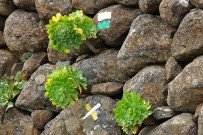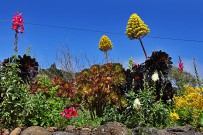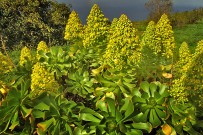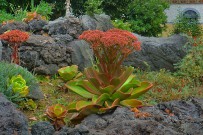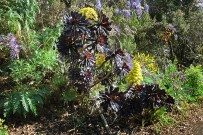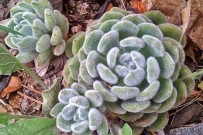-

-
We are specialists for your holidays in La Palma. With personalized assistance on-site.
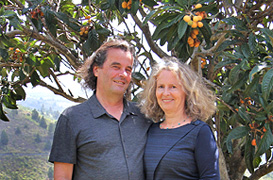
Ulrich & Evelyn Roth -
Our service numbers
Write e-mail+34 822 68 00 89
+49 7442 819 85 90
We're available from Monday to Friday from 10:00 a.m. to 6:00 p.m., and Saturdays from 10:00 a.m. to 1:00 p.m.
-
Accommodations
- with pool 90
- on the seaside 42
- with internet 205
-
Northwest >>
130
- Aguatavar 7
- Arecida 6
- El Castillo 1
- Garafía 4
- Las Tricias 7
- Puntagorda 42
- Tijarafe 22
- Tijarafe Costa 6
- Tijarafe El Jesús 12
- Tijarafe La Punta 21
- Tinizara 2
-
Aridane Valley >>
225
- Celta 7
- Charco Verde 3
- El Paso 23
- Hermosilla 1
- La Bombilla 2
- La Laguna 11
- Las Manchas 24
- Las Norias 11
- Los Llanos de Aridane 25
- Puerto de Naos 45
- San Nicolas 8
- Tacande 2
- Tajuya 9
- Tazacorte Costa 5
- Tazacorte Puerto 14
- Tazacorte Villa 23
- Todoque 12
-
South >>
31
- Fuencaliente 7
- Las Indias 4
- Lomo Oscuro 1
- Los Quemados 6
- Salemera 2
- Tigalate 2
- Villa de Mazo 9
- East >> 16
-
Northeast >>
5
- Barlovento 2
- Los Sauces 2
- Puntallana 1
Houseleek, Roofleek, Aeonium
Hardly any plant hides so many different varieties behind its common Spanish name
“bejeque”
Houseleek, Roofleek, Aeonium
Aeonium, Greenovia, Aichryson
The individual species are sometimes very difficult to distinguish, which is why several succulent plants are grouped together under the term "bejeques".
-
The bejeques are evergreen, perennial, succulent plants
They belong to the thicket family and are also called Sempervivum (from everlasting, persistent).
They have grown magnificently in the Canary Islands. Most of them grow only there, some only on certain islands.
There are about 40 different species, some of which are very difficult to distinguish and sometimes form hybrids among themselves.
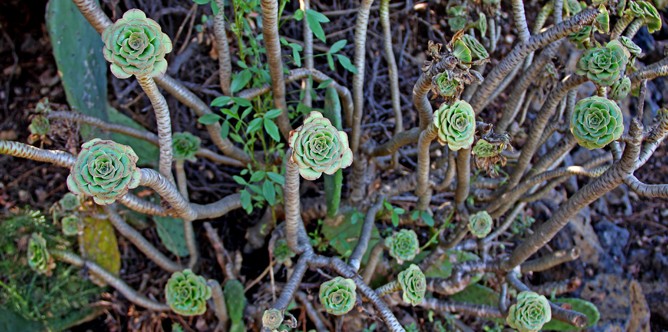
The actual "bejeques" are Aeoniums
There are also some species in Madeira, the Cape Verde Islands, Morocco and West Africa.
On La Palma, Aeonium arboreum is probably best known with its striking yellow flowers.
Very rare in nature, but to be found in the city park of Los Llanos, for example, is "bejeque nobile". The only red-flowering aeonim grows exclusively on Isla Bonita.

Larger colonies of some species often literally stick to the rock faces.
A few kilometres later, sometimes only a few metres further, they have disappeared again.
This is due to the palmeric microclimates and the different soil conditions.
-
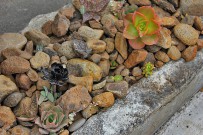
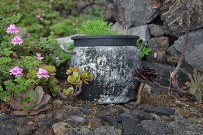
Even in the volcanic landscapes near Refugio El Pilar (El Paso) or at the southern tip near Fuencaliente, their flowers rise out of the seemingly barren lava.
The plants, also known as "verode", like rocks and stones.

They grow mainly near the coast and in the middle altitudes.
„bejeques“
For the sake of simplicity, thick-leaved plants of the species Greenovia, Aichryson (the latter are much smaller) are also called "bejeques" on La Palma.
Some varieties have leaves as small as 1 cm, others as big as a hand.
All are formed from rosettes of leaves, some grow as branching "bushes" and others have only one stem.
The main flowering time of the pretty "bejeques" is between November and June.
Photos: Ines Dietrich, Uka Rösch




